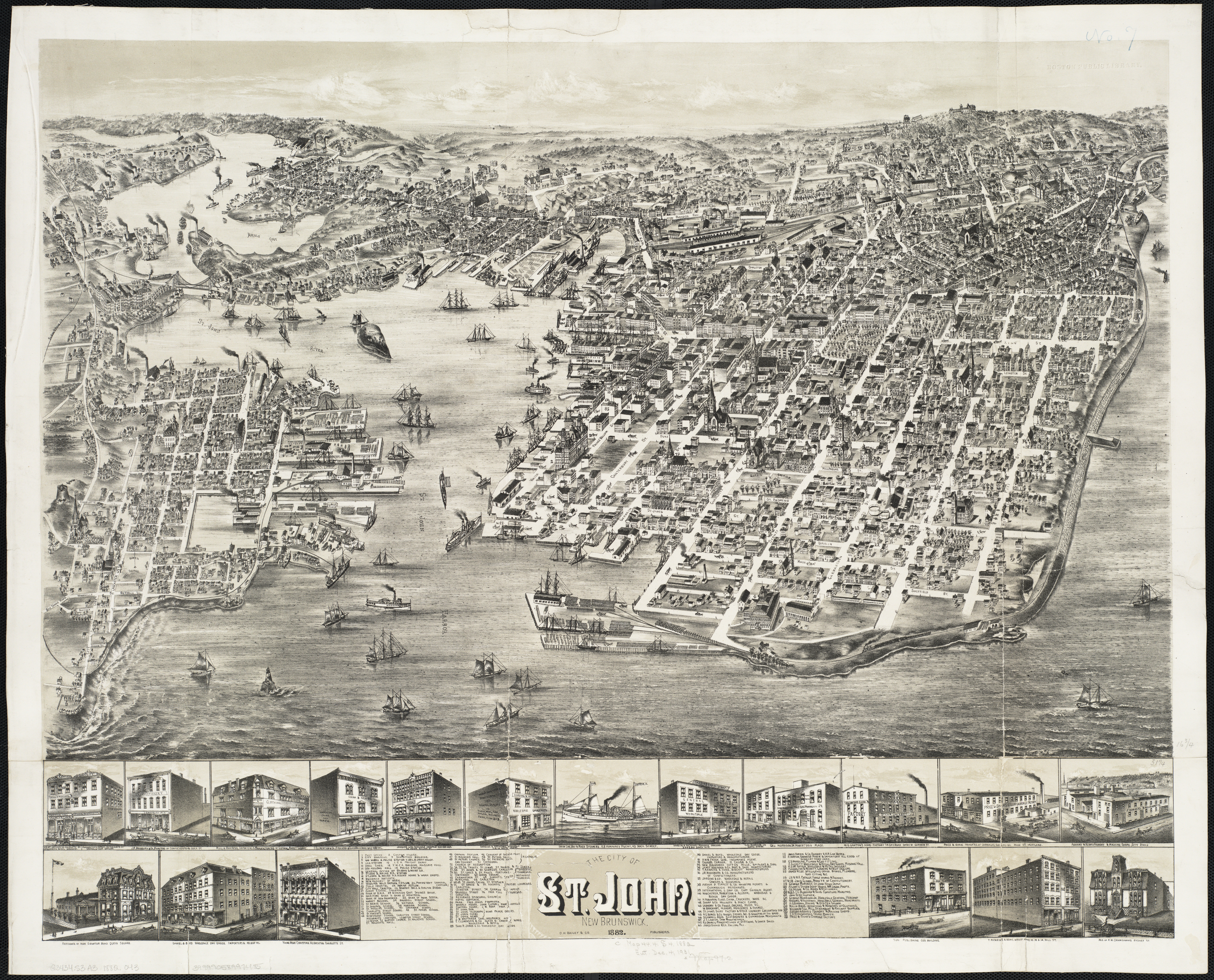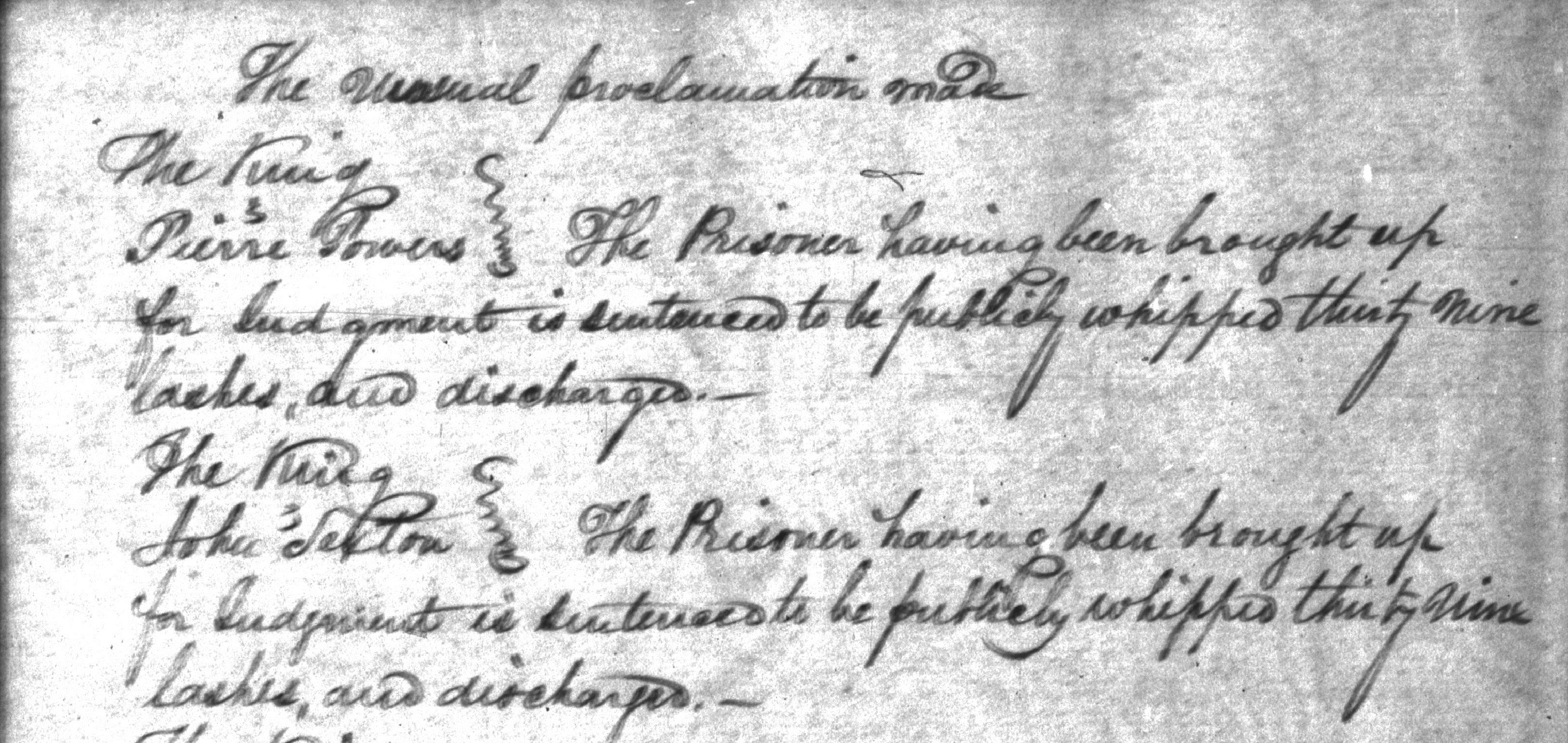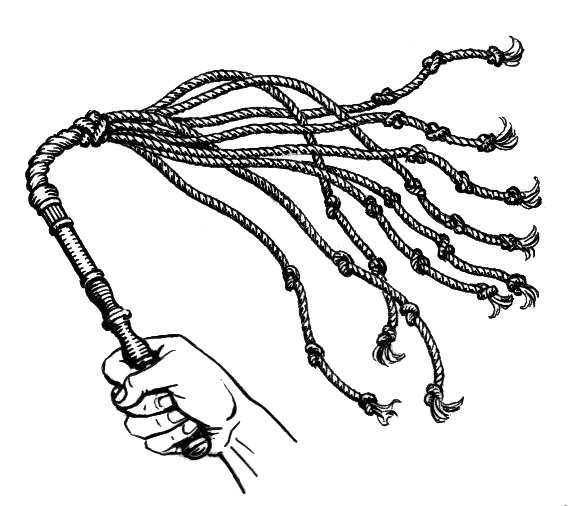- Submitted on
- 2 comments

(Map reproduction courtesy of the Norman B. Leventhal Map Center at the Boston Public Library)
As previously explored, the City and County of Saint John, New Brunswick, was awash with crime throughout the eighteenth and nineteenth centuries. Criminals prowled the streets and waterways of the Loyalist city—committing cases of assault, bastardy, nuisances, keeping disorderly houses and more. These lawbreakers and miscreants faced various punishments from the Law Courts for their misdeeds—mostly fines and/or imprisonments. One crime in particular, however, in Loyalist Saint John was treated with extreme caution and severity: larceny.
In the nineteenth century especially, the City of Saint John saw a turn towards urbanization, which in turn gave rise to the distinct social hierarchy present in any growing city. Even in the outlying parishes of the county, a gap between classes started to become more present in day-to-day life. It is unsurprising, then, that larceny—defined by Merriam Webster as “the unlawful taking and carrying away of personal property with the intent to deprive the rightful owner of it permanently”—was one of the most commonly committed crimes in the County of Saint John. It was separated into two distinctions: grand larceny, for property of over a certain sum, and petit larceny, property under said sum. Petit Larceny usually did not make it to trial; often, the defendant pleaded guilty and paid a small fine. Grand larceny, however, often went to trial. The most common punishment for individuals found guilty of larceny in Saint John was “to be publically whipped 39 lashes” on the naked back. Such was the case of Pierre Powers and John Sexton in June 1825:

(St. John County), Minutes : 1812-1839.
“The King v. Pierre Powers: the Prisoner having been brought up for judgement is sentenced to be publicly whipped thirty-nine lashes and discharged.
The King v. John Sexton: the Prisoner having been brought up for judgement is sentenced to be publicly whipped thirty-nine lashes and discharged.”
This oddly precise number of “39 lashes” has many origin stories. Firstly, in old Talmudic Law—one of the central texts of Rabbinic Judaism—it was believed that more than forty lashes would kill the victim. As there was a fear of miscounting the number of strokes, they set the cap of lashes at thirty-nine in order to avoid killing anyone. The Romans too used floggings as a common punishment for slaves and soldiers. More importantly, the Romans used flagellation as a prelude to crucifixion, which ties into the biblical background. Floggings or ‘scourges’, as the Romans called them, occur frequently in the Bible, and in 2 Corinthians specifically, it is said “I received forty stripes save one.” It is also supposed that prior to his crucifixion, Jesus was whipped 39 times as well. With that background, whipping was an important part of Christian states for years to come, and remained a common corporal punishment for such crimes as thievery in many countries—including Great Britain. This explanation therefore makes the most sense for a city populated mostly by devout loyalists.
While the punishment itself is explicitly stated within the Court Records, it is less clear with what the larcenous citizens of Saint John City and County were whipped. The infamous ‘cat-o’nine-tails” was still in common use in the United States, Great Britain, and other European Countries, but it was not the sole instrument of flagellation. Other popular tools were metal/wooden rods, simple strips of leather, or sometimes even chains! As it is, we are unable to determine which one(s?) were used in Saint John.

(By Pearson Scott Foresman [Public domain], via Wikimedia Commons)
It is also important to note that whipping was the corporal punishment for those guilty of Grand Larceny in the City and County of Saint John, regardless of gender. Both men and women bore their lashes for their crimes, with only a minute different. Men received 39 lashes upon their naked backs in public, in order to be shamed in front of their entire communities. Women, though, were whipped in private so as to protect their modesty, but they were then imprisoned for a short time as a result. This can be seen in the sentence of Ellen Wilson:

“The King v. Ellen Wilson: The Prisoner being brought to the Bar to receive sentence is sentenced to be privately whipped thirty-nine lashes and to be imprisoned for one week and then to be discharged.”
Even though the punishment was severe, larceny was very popular in the City and County of Saint John throughout the eighteenth and nineteenth centuries. Check out the Saint John County Court Records located on the 3rd floor of the Harriet Irving Library to learn more!
Cora Jackson is a student assistant for the Microforms Unit at the Harriet Irving Library. She is currently in her third year of her Bachelor of Arts degree at UNB in Joint Honours History-Classics.

Comments Add comment
Re: Nail factory
Nail factory
Hello, thank you for your question and interest! Could you provide more information about the location of Coldbrook Nail Factory? Was in near Saint John, New Brunswick? Your best places to look for information if it was located in New Brunswick would be at the Provincial Archives of New Brunswick or the New Brunswick Museum Archives depending on the location of the site. You can send a query online to them if you are not able to visit in person. Newspapers during the time the factory was operating may be of use if you have the time to search. Here is a bit of information on Scovil's business partner in case you have not located the article yet:http://www.biographi.ca/en/bio/domville_james_15E.html Hope that helps!
Add new comment Comments